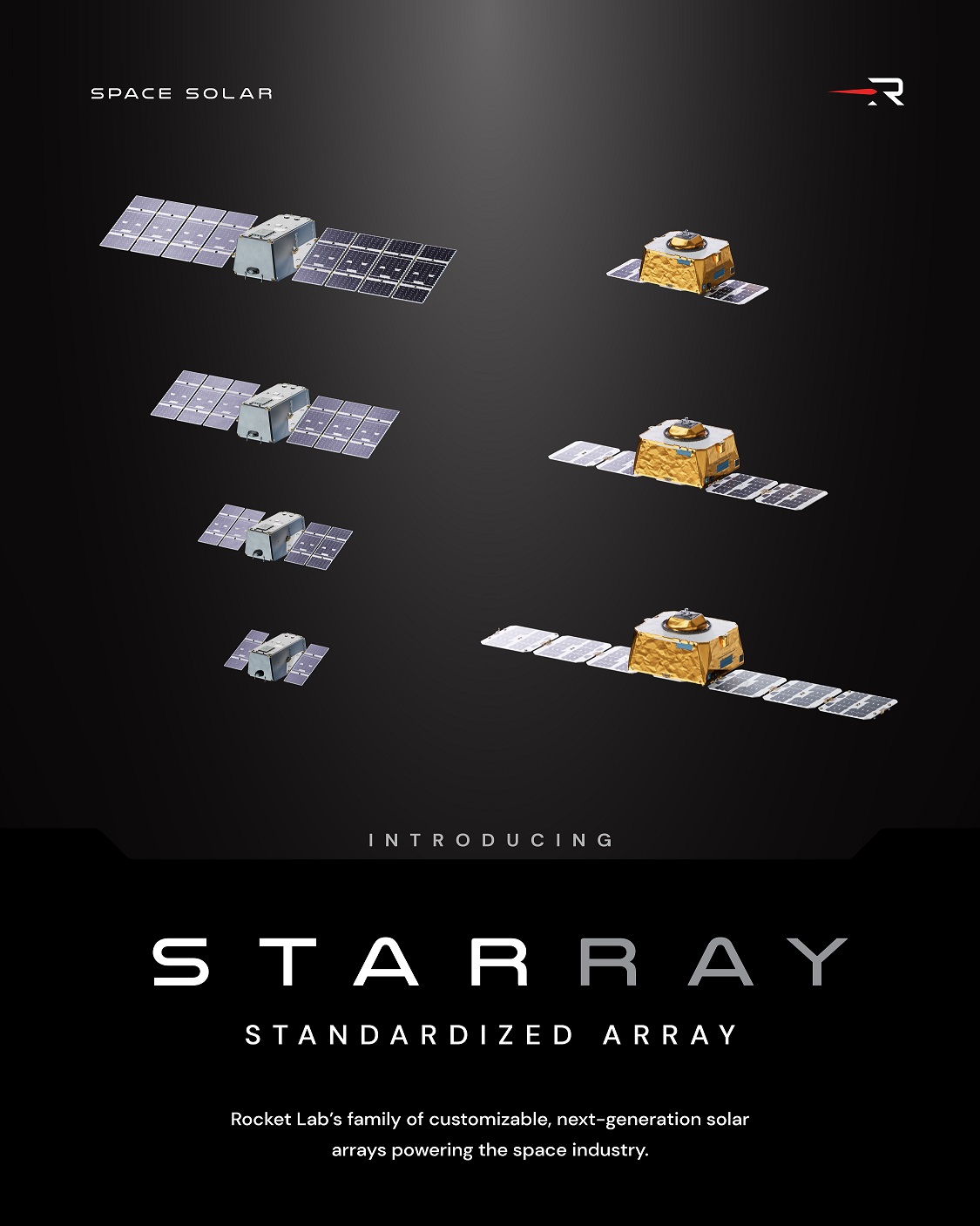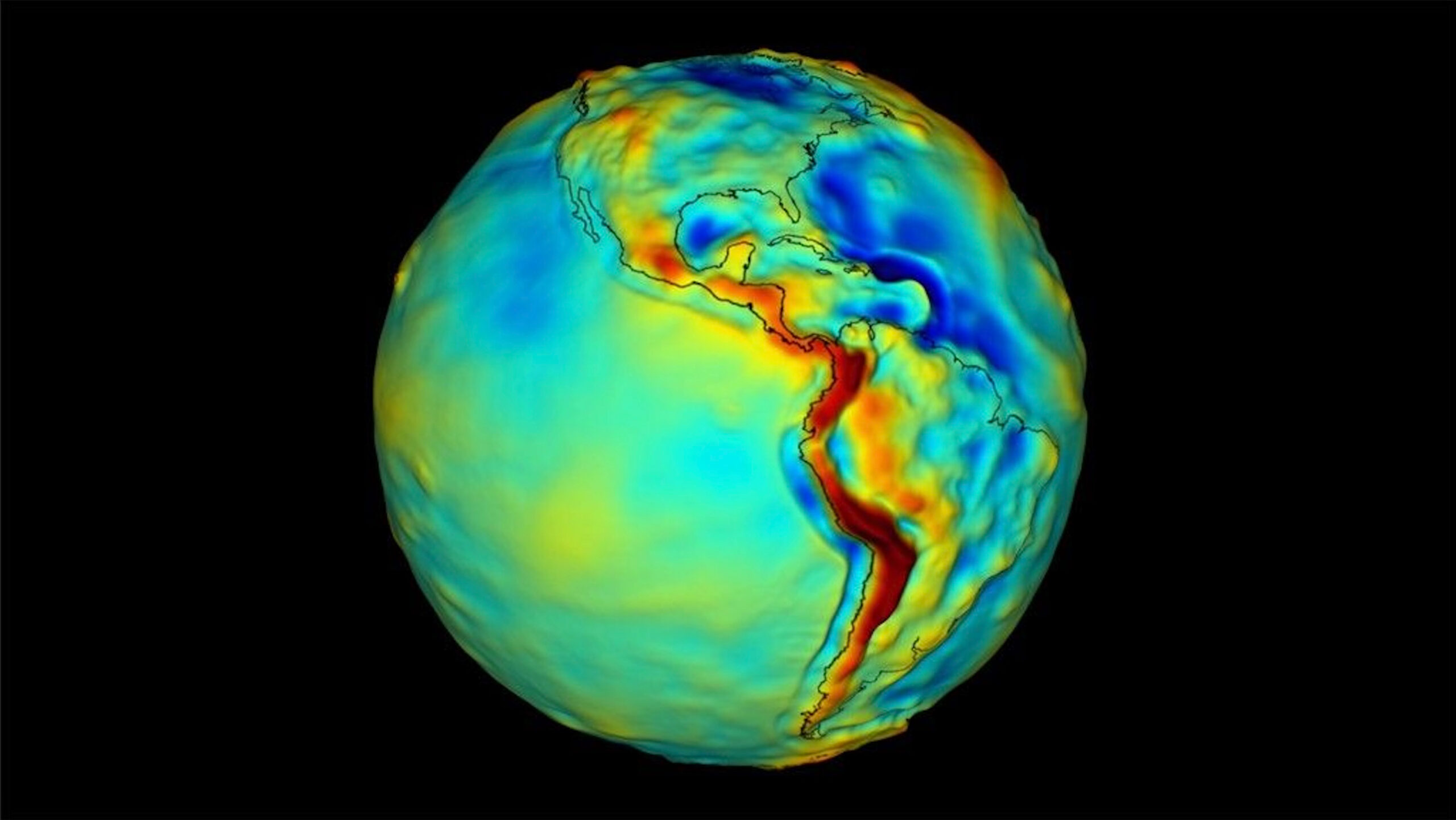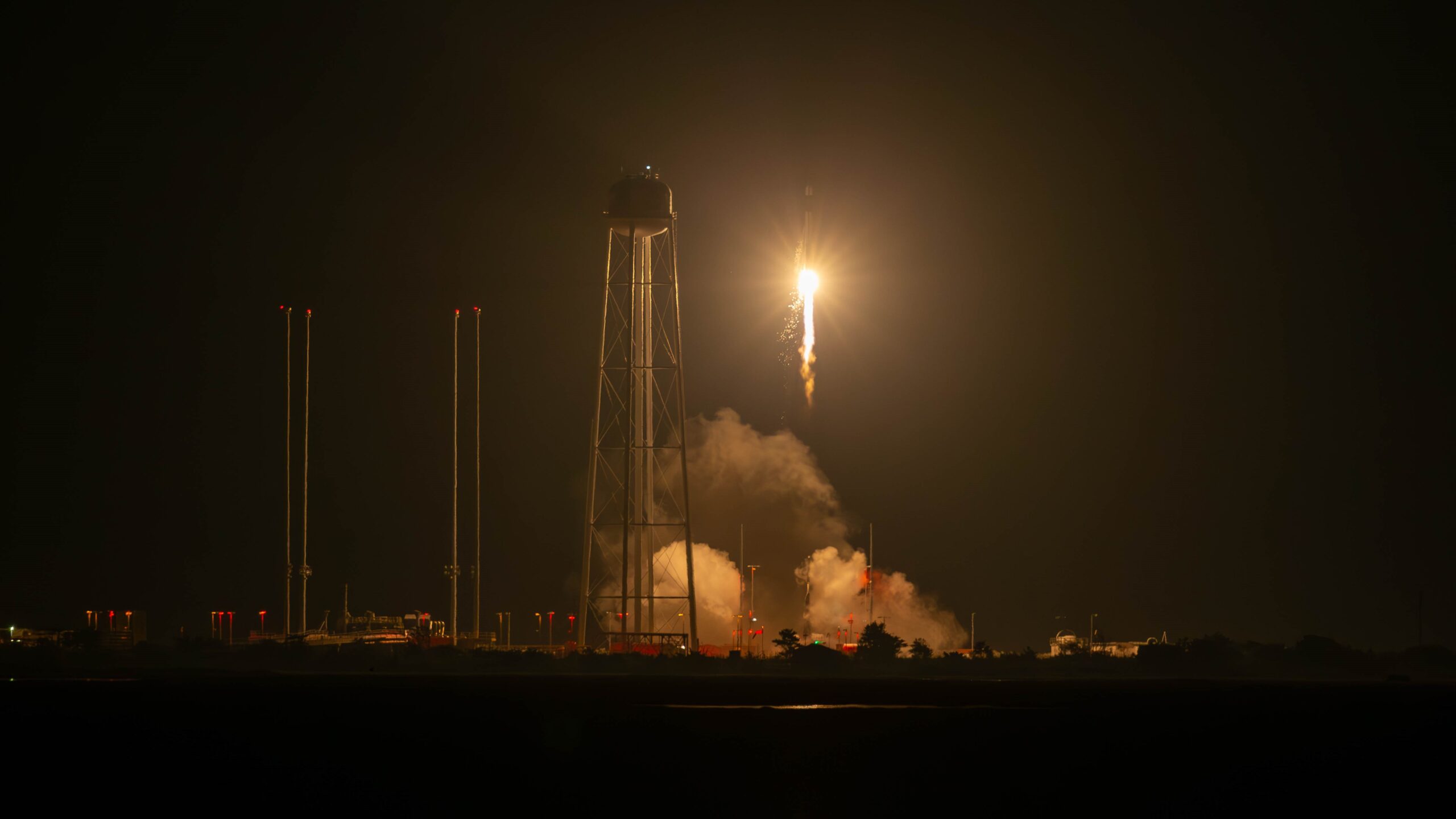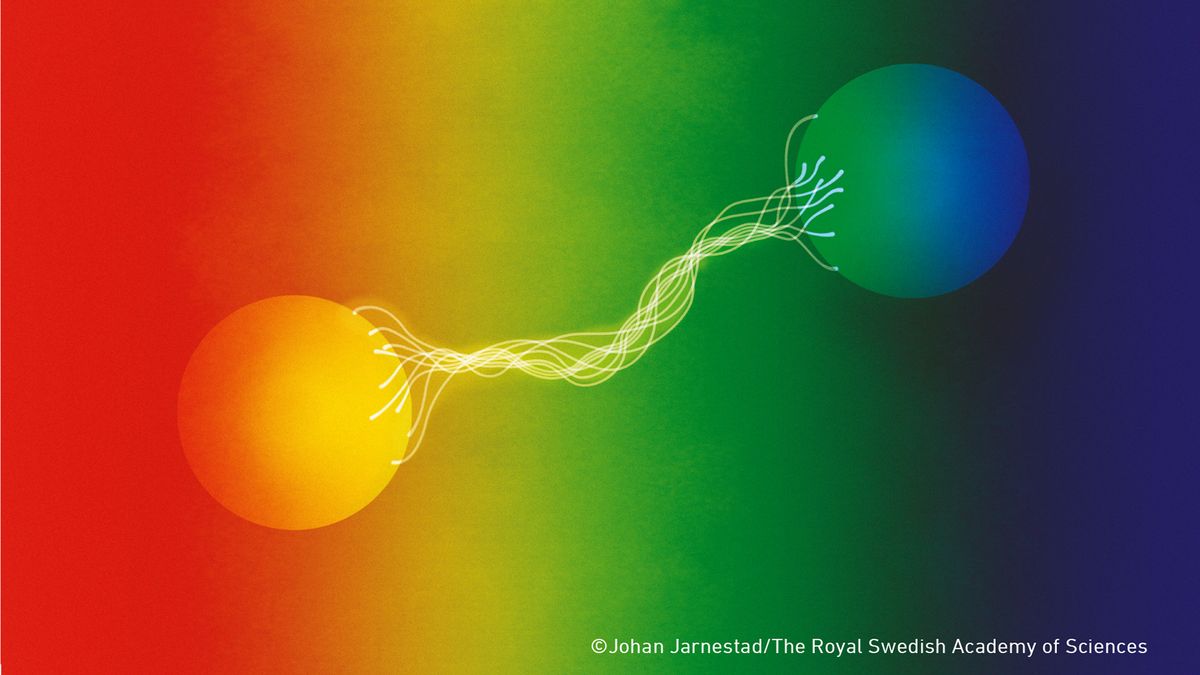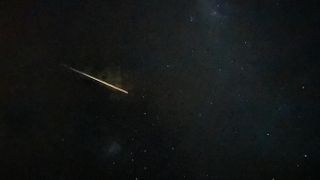Rocket Lab is showing that’s about more than just rockets. The California-based company has introduced a family of customizable solar arrays, designed to fit the changing needs of customer satellites. Rocket Lab is offering the new Standardized Array, or STARRAY, line as an alternative to save first- or one-time satellite manufacturers the time of designing and testing their own solar arrays from ground, up. The line was introduced earlier this month, at the 40th Space Symposium in Colorado Springs, Colorado. “Customers can choose from a range of pre-engineered solar array…
Read MoreTag: Tech
NASA developing 1st-ever space-based quantum sensor for gravity measurements
Scientists are developing an advanced quantum sensor for low Earth orbit that can detect the tiniest tremors in Earth’s gravity. These barely perceptible shifts — caused by moving water, tectonic activity or shifting rock — offer clues about what lies beneath the planet’s surface. The new device could allow the mapping of underground features like aquifers and mineral deposits — crucial data for navigation, resource management and national security, its developers say. You may like “We could determine the mass of the Himalayas using atoms,” Jason Hyon, chief technologist for…
Read MoreUS and UK militaries pick Rocket Lab’s HASTE launcher to help test hypersonic tech
Rocket Lab is becoming an even bigger player in the world of hypersonic technology. The militaries of the United States and the United Kingdom have both picked the California-based company as a potential partner for their multibillion-dollar programs dedicated to building hypersonic technology. Rocket Lab can now compete for contracts via the two programs, offering the services of its HASTE suborbital rocket as a hypersonic testbed. You may like “The ability to contribute toward the collective security of the United States and the United Kingdom across both of these important…
Read MoreWorld’s largest digital camera to help new Vera Rubin Observatory make a ‘time-lapse record of the universe’ (video)
A major milestone with the Vera C. Rubin Observatory has been reached with the installation of the telescope’s enormous LSST Camera — the last optical component required before the last phase of testing can begin. The car-sized Large Synoptic Survey Telescope (LSST) Camera that was recently installed on the Vera C. Rubin Observatory is the largest digital camera ever built and will be used to capture detailed images of the southern hemisphere sky over a decade. “The installation of the LSST Camera on the telescope is a triumph of science…
Read MoreBoom Supersonic’s XB-1 jet flew in front of the sun so NASA could take this incredible shock wave photo
NASA and Boom Supersonic just released an incredible photo capturing a shockwave emanating from the dark silhouette of the supersonic XB-1 aircraft while it traveled in front of the sun during a Feb. 10 test flight during which it broke the sound barrier three times. “This image makes the invisible visible — the first American made civil supersonic jet breaking the sound barrier,” Blake Scholl, Boom Supersonic founder and CEO, said in a statement. The photo was no accident. It required ideal conditions and perfect timing. Chief test pilot Tristan…
Read MoreScientists discover simpler way to achieve Einstein’s ‘spooky action at a distance’ thanks to AI breakthrough — bringing quantum internet closer to reality
Scientists have used AI to discover an easier method to form quantum entanglement between subatomic particles, paving the way for simpler quantum technologies. When particles such as photons become entangled, they can share quantum properties — including information — regardless of the distance between them. This phenomenon is important in quantum physics and is one of the features that makes quantum computers so powerful. But the bonds of quantum entanglement have typically proven challenging for scientists to form. This is because it requires the preparation of two separate entangled pairs,…
Read MoreVarda space capsule returns to Earth in 1st commercial landing in Australian Outback (photos)
Varda Space has successfully landed a reentry capsule in Australia, delivering critical data that could advance in-space manufacturing and hypersonic technologies. California-based startup Varda’s Winnebago-2 (W-2) capsule launched along with 130 other payloads on Jan. 14 atop a SpaceX Falcon 9 rocket, on the Transporter 12 rideshare mission. After six weeks in orbit, the capsule made a fiery plunge through Earth’s atmosphere, landing Feb. 28 at Koonibba Test Range in South Australia, which is operated by Southern Launch. W-2 contained a spectrometer from the Air Force Research Laboratory (AFRL) and…
Read MoreSwimming robots, fusion satellites and more! New NASA-funded studies could someday ‘change the possible’
NASA has awarded funds to 15 trailblazing concepts for space technology that could help us explore and inhabit the solar system. The NASA Innovative Advanced Concepts program (NIAC) is the agency’s scheme to help support the development of early stage innovative space technology concepts formulated by academics, innovators and entrepreneurs. This year’s NIAC Phase 1 grants go to projects including robots for ocean and ice world exploration, in-space manufacturing, balloons for exploring Venus, unravelling the mysteries of black holes and more. “Our next steps and giant leaps rely on innovation,…
Read More‘Sailing’ satellites of the future could provide early warning of dangerous space weather
NEW ORLEANS — Solar sails that allow satellites to glide on the light from the sun could soon become a reality. The technology would allow scientists to provide earlier warnings of space weather events such as geomagnetic storms, which have the potential to disrupt technological systems on Earth. “A lot of us have experienced sailing; it’s exactly like that,” Irfan Azeem, division chief of the Research to Operations and Project Planning Division at National Oceanic and Atmospheric Administration’s (NOAA) Office of Space Weather Observations, told Space.com in an interview here…
Read MoreThe force is strong with this JEDI
Step aside, Darth Vader. National Aeronautics and Space Administration (NASA)’s Joint Extreme ultraviolet lithography (EUV) coronal Diagnostic Investigation, also known as JEDI, has an even bigger task to balance the force in space, giving researchers a brand-new view of the sun’s atmosphere. The instrument will be a state-of-the-art multi-thermal EUV imager that will include two telescopes, specific to studying the solar wind and extreme space weather events. It is planned to take flight on the European Space Agency (ESA)’s Vigil space weather mission in 2031, and will allow scientists to…
Read More